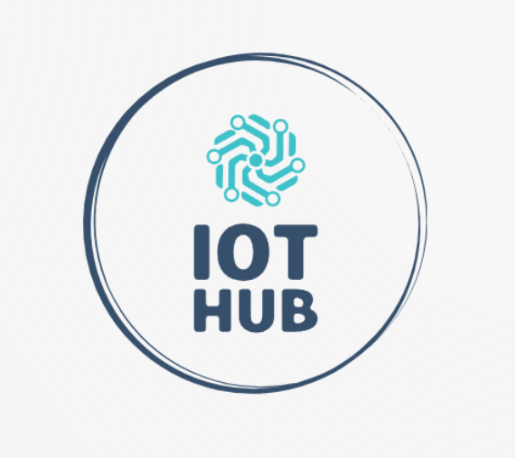In the rapidly advancing world of technology, the Internet of Things (IoT) stands as a groundbreaking innovation, revolutionizing how we interact with devices and data. By interconnecting everyday objects and enabling them to communicate and exchange information over the internet, IoT has opened up a realm of possibilities across industries, from healthcare and manufacturing to smart homes and cities. However, alongside its transformative potential, IoT brings forth a host of security challenges that demand attention and innovation.
Understanding the Challenges
- Diverse Ecosystem: The IoT ecosystem is incredibly diverse, comprising various devices, protocols, and communication networks. This diversity often leads to fragmented security measures, making it challenging to implement standardized protection across the board.
- Vulnerabilities in Devices: Many IoT devices are designed with convenience and cost-effectiveness in mind rather than robust security. This results in devices being shipped with default passwords, outdated firmware, and insufficient encryption, leaving them vulnerable to cyberattacks.
- Data Privacy Concerns: IoT devices collect vast amounts of data about users’ behaviors, preferences, and environments. Ensuring the privacy and integrity of this data is crucial, especially considering the potential ramifications of unauthorized access or data breaches.
- Lack of Security Updates: Unlike traditional computing devices like laptops or smartphones, IoT devices often lack mechanisms for receiving and installing security updates. This leaves them susceptible to exploitation of known vulnerabilities over time.
- Complex Supply Chains: The complex supply chains involved in manufacturing IoT devices introduce additional security risks, as vulnerabilities can be introduced at any stage of the production process, from component sourcing to assembly.
Innovative Solutions
- Secure Boot and Firmware Updates: Implementing secure boot processes ensures that only trusted firmware can run on IoT devices, preventing unauthorized modifications. Additionally, enabling automatic firmware updates helps ensure that devices remain protected against emerging threats.
- End-to-End Encryption: Utilizing strong encryption protocols to secure communication between IoT devices and backend servers can safeguard data against interception and tampering. Implementing encryption at both the hardware and software levels enhances overall security.
- Blockchain Technology: Leveraging blockchain technology can enhance the integrity and transparency of IoT data by creating tamper-resistant records of device interactions. Blockchain-based solutions can provide immutable audit trails, enhancing trust in IoT systems.
- Zero-Trust Architecture: Adopting a zero-trust approach to IoT security involves assuming that every device, user, and network component may be compromised and requires continuous authentication and authorization. This strategy minimizes the impact of potential breaches and unauthorized access attempts.
- Security by Design: Integrating security considerations into the design and development phases of IoT products is paramount. Adopting secure coding practices, conducting thorough security assessments, and adhering to industry best practices can help mitigate vulnerabilities from the outset.
- Collaborative Efforts: Addressing IoT security challenges requires collaboration among stakeholders, including manufacturers, regulators, cybersecurity experts, and end-users. Establishing industry-wide standards, sharing threat intelligence, and fostering partnerships can enhance the overall security posture of IoT ecosystems.
Conclusion
As the adoption of IoT continues to proliferate across various sectors, addressing the associated security challenges is imperative to realize its full potential while mitigating risks. By understanding the diverse threat landscape and embracing innovative solutions, stakeholders can navigate the complexities of IoT security and build resilient, trustworthy ecosystems. Ultimately, prioritizing security from the design phase to deployment and beyond is essential to harnessing the transformative power of IoT responsibly.
Written by: Shannon Meyer
